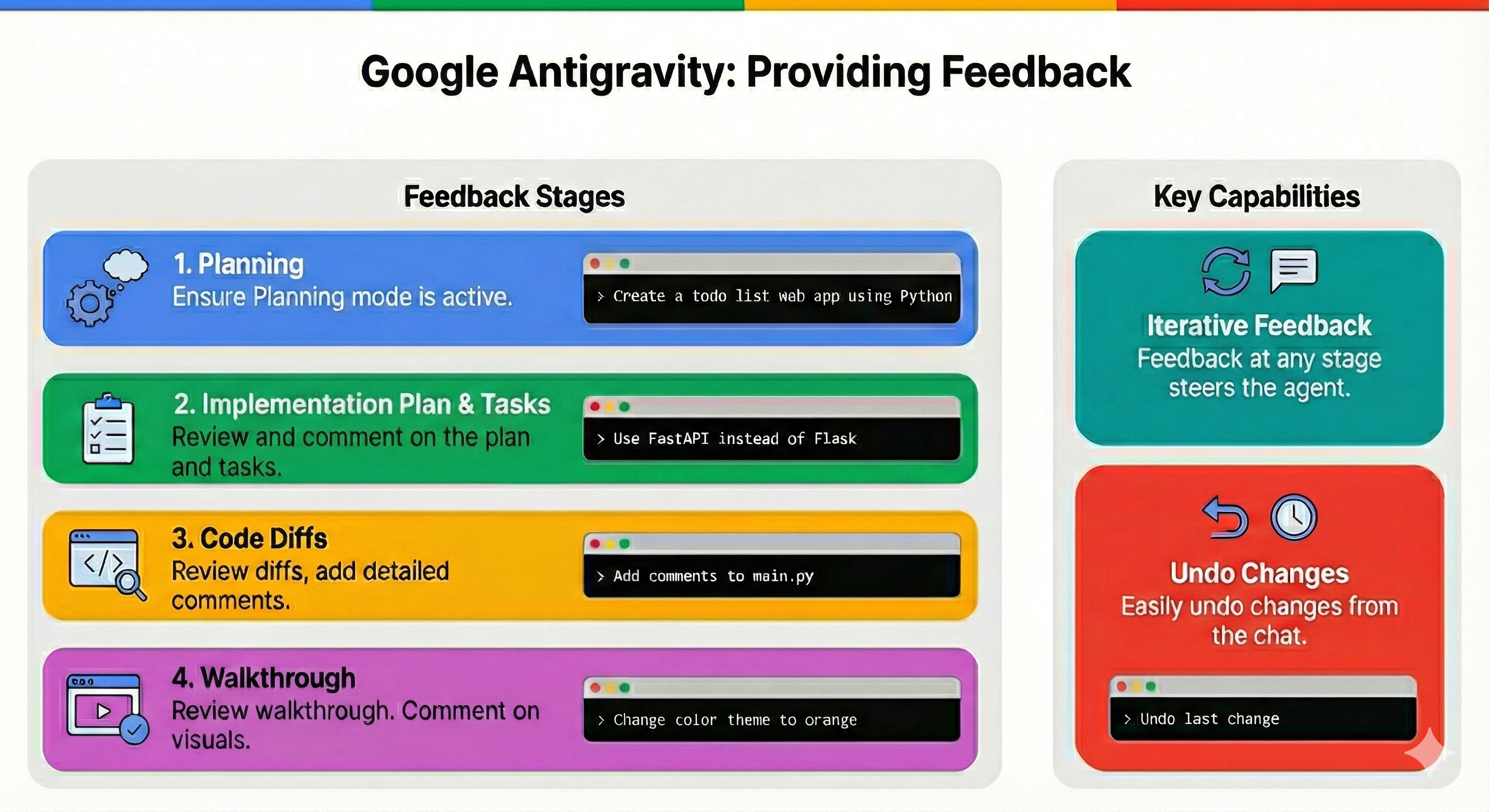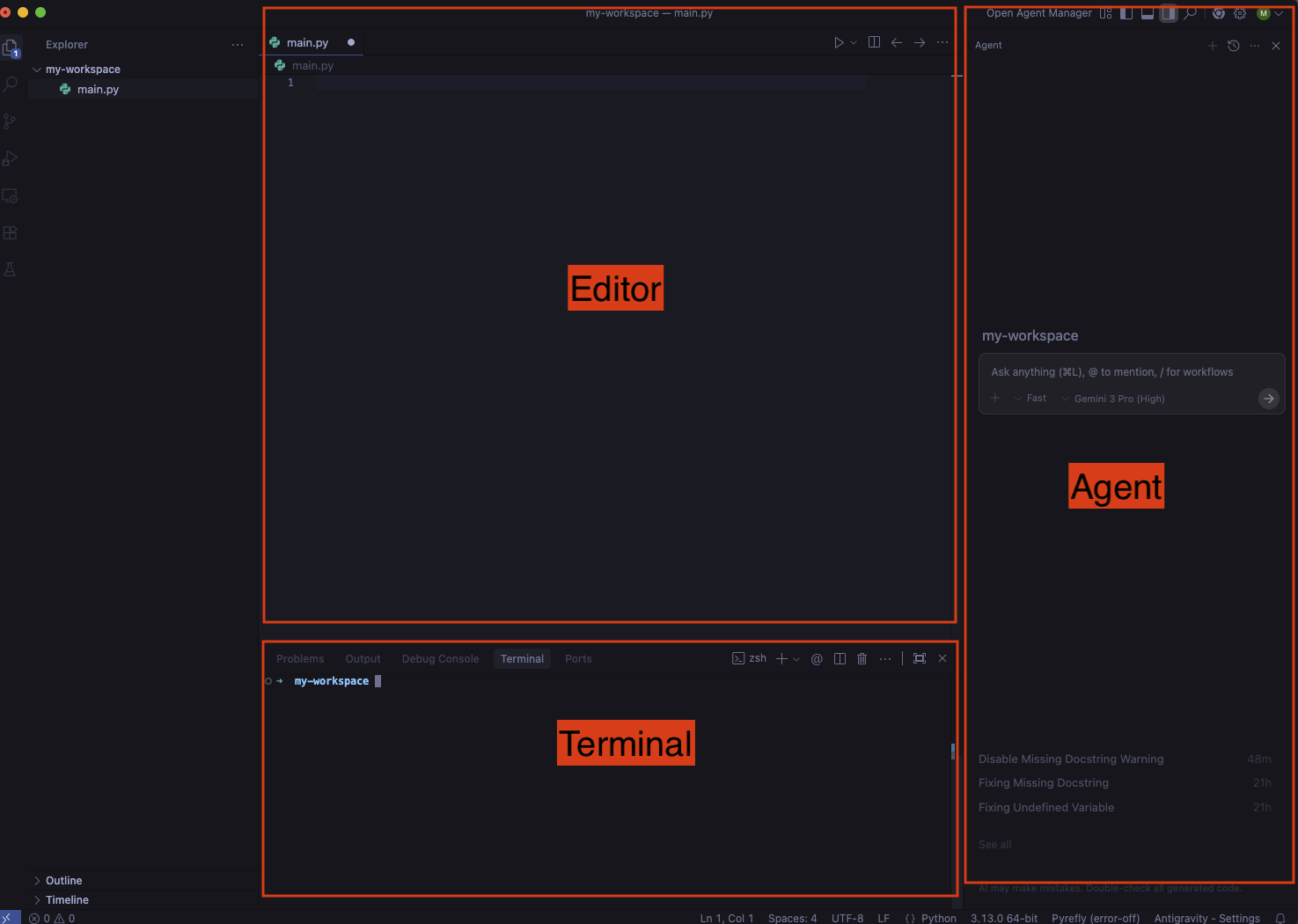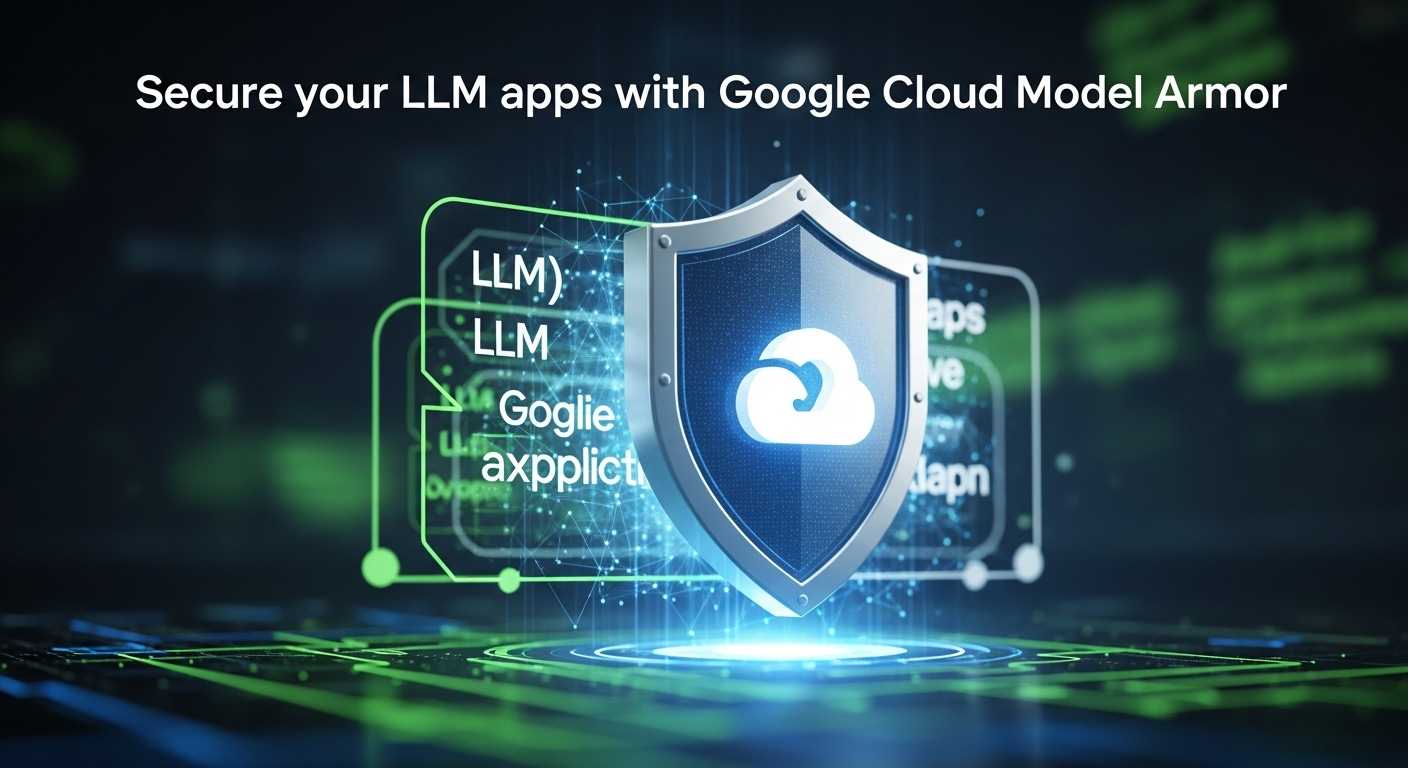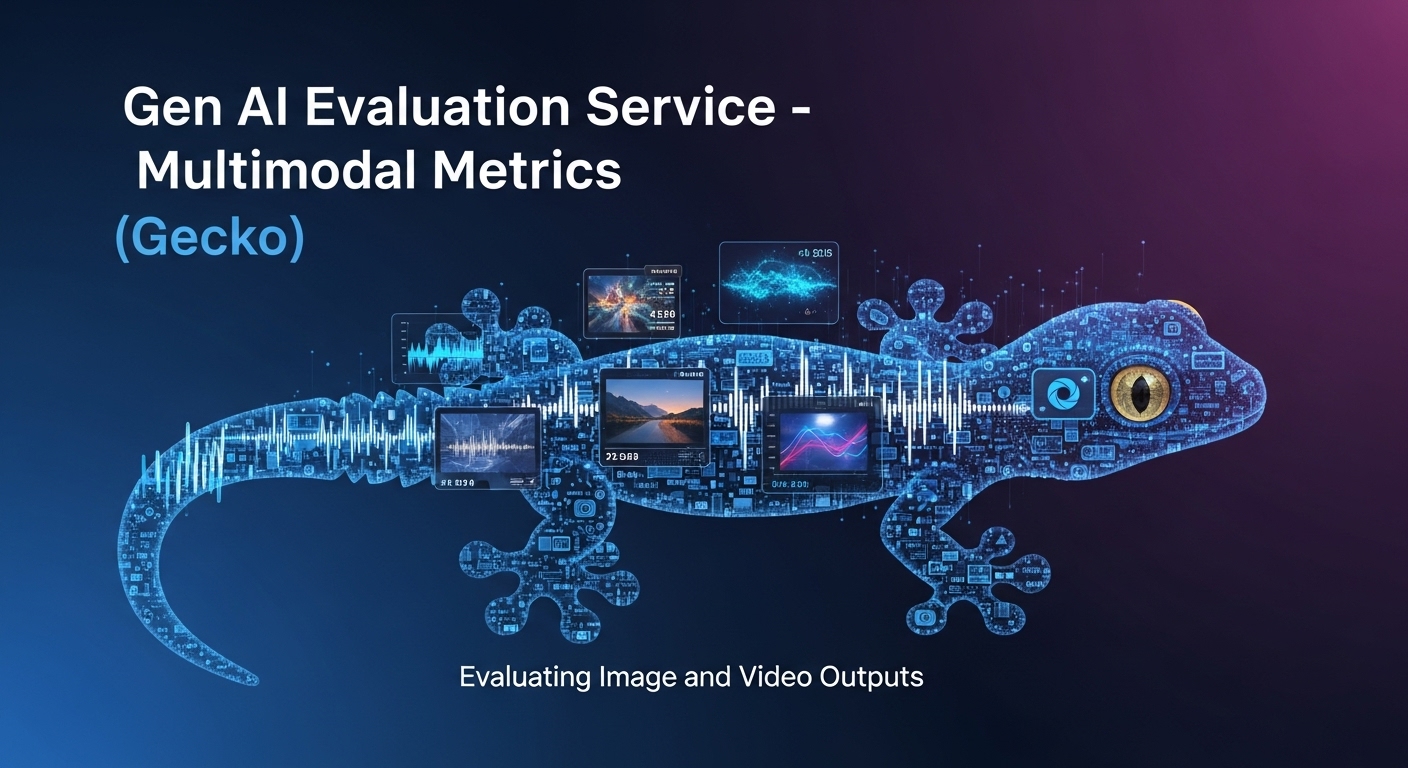
At the heart of Google Antigravity is its ability to effortlessly gather your feedback at every stage of the experience. In this blog post, I will show you all the different ways you can provide feedback to Antigravity.
As the agent works on a task, it creates different artifacts along the way:
- An implementation plan and a task list (before coding)
- Code diffs (as it generates code)
- A walkthrough to verify the results (after coding)
These artifacts are a way for Antigravity to communicate its plans and progress. More importantly, they’re also a way for you to provide feedback to the agent in Google docs style comments. This is very useful to effectively steer the agent in the direction you want.
Read More →





